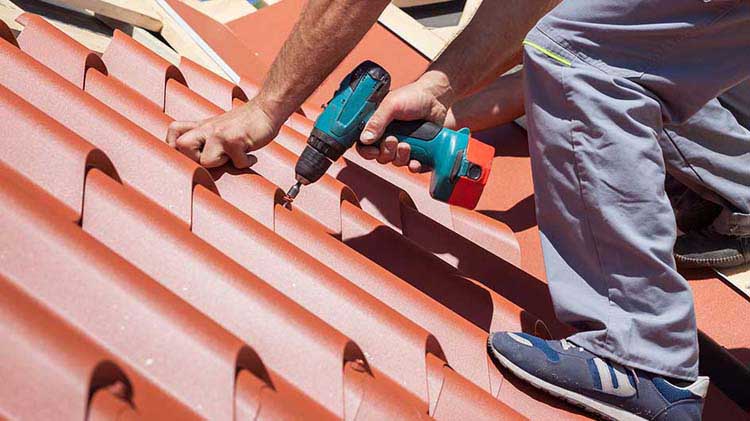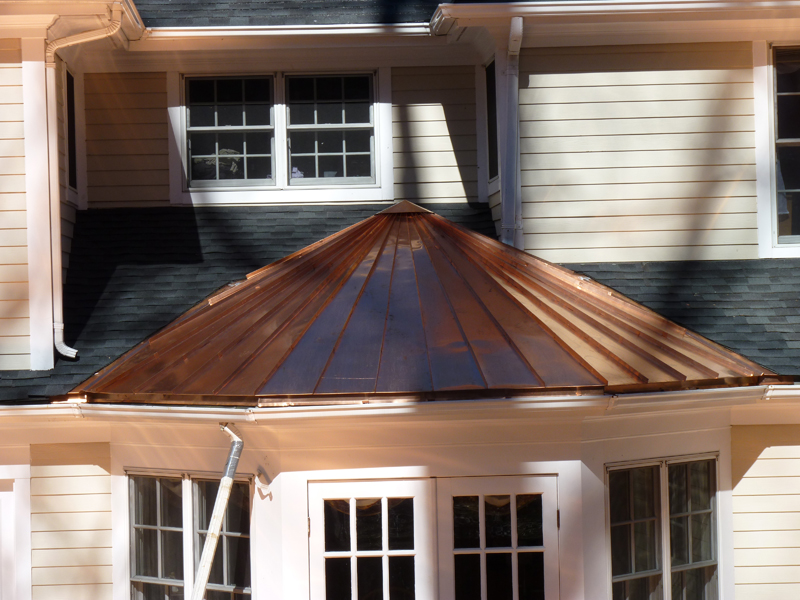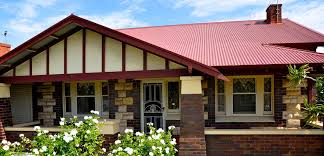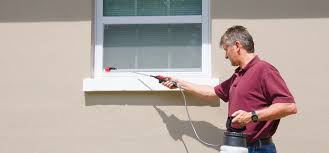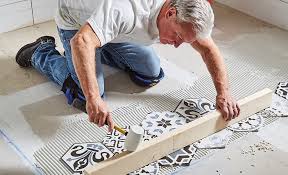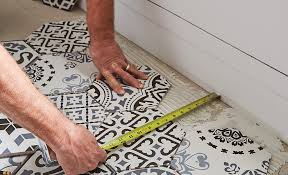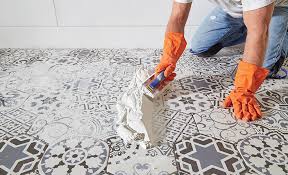Must Know About Trenchless Pipe Replace
Signs That Indicate You Need Trenchless Pipe Repair For Your Ottawa Home
Pipe Bursting
Pipe bursting is best if there is a lot of damage over large stretches of the sewer line. This method is less intrusive than traditional techniques because it only involves having 2 holes dug for repairs rather than having a large section of your yard dug up. The holes are dug across the entire length of the damaged area of the pipe.
Pipe Bursting Benefits
The benefit of using pipe bursting is that only two incision points are required, and the repairs made are made to last. With this method, your new pipe or pipe liner will end up being more durable than the old pipe. The new pipes are also code-compliant and the material they are made out of is chemical-resistant.
Pipe Relining Method
This method is typically done by digging one hole, inserting a lining material and balloon into the existing pipe. This coats the interior of the pipe, hardening on the inside. This creates a new pipe inside the old one.
Pipe Relining Benefits
This method is great because it involves the least amount of damage done to the yard with only one hole being dug. This is a much superior alternative to traditional trenching because its quicker, less disruptive, cheaper, and is much safer for you and your family as well as the technicians.
Typical Cost for Repair
The cost is going to vary for a job like this, so it’s best to speak to a professional company that knows what they’re doing. The cost of a trenchless pipe repair is $80-$250 per foot. The average is approximately $160 per foot. With traditional trenching the typical budget on private property is between $8,000.00 and $12,000.00 can cost up to $20,000, making these newer methods a much more cost-effective way to fix your lines.
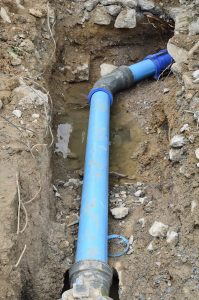
Is Trenchless Pipe Repair Always the Best Solution?
Yes, going trenchless is the best choice
Normally, offering such a blanket answer might seem foolish. But we’ve been in the business for a long time and know the benefits of choosing trenchless technology for pipe repair. The alternative to trenchless is the old-fashioned method of digging up the ground to reach the buried sewer or water line to fix or replace it. Trenchless offers so many advantages compared to the old techniques that there’s little question which one is the best
Trenchless doesn’t mean only one technique
There are choices involved when it comes to trenchless repair services. Most of them you can leave up to the professionals handling the job. Before starting the repairs, the trenchless experts will inspect the pipe to find out the extent and type of damage so they’ll know the best way to fix it. These inspections are also part of trenchless technology: push-cams inserted into the pipeline which send back images to monitors where technicians can observe the pipe interior. Using these push-cams eliminates an enormous amount of guesswork and saves time—the technicians know exactly what type of work they need to do, where to do it, and how to do it
Once the inspections are complete, the technicians will decide on whether the best way to fix the pipe is pipelining or pipe bursting. Pipelining fixes a leaking or decaying pipe from the inside by sliding a liner into the pipe and setting it in place. Pipe bursting involves slipping a new pipe into the old one, then expanding it to shatter the old pipe and replace it.
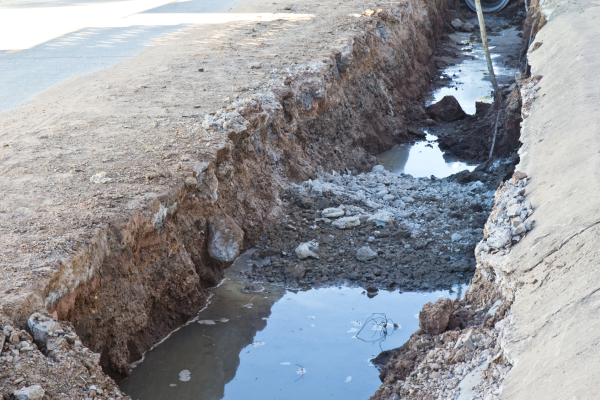
Pipe and Sewer Drain Replacement
Stumped as to why your drains aren’t in good shape in your residential or commercial property? There could be many factors that contribute to your recurring sewer line issues. Even the most well-maintained systems are subject to develop faults as decades old materials eventually break down or perform less efficiently over time. When this happens, you’d want to consider having a new drain line replacement to get the issue over with in the soonest possible time.
DIY Sewer and Pipe Drain Replacement
Cut the section of the pipe you wish to replace. Have your assistant hold the pipe as you do the cutting. Cast iron pipes will need specialized equipment in the form of a cast iron snapping tool. Sewer drain pipes made of plastic or copper can be cut using a hacksaw. Steel pipes are best cut using an electric saber saw. Even out the edges for a smooth fit.
Replace with a new pipe according to the exact length and dimension as the old pipe. Install rubber connecting couplings on the open holes of your existing pipe structure. Slide them down so they connect the sections where the new pipe and the existing pipe system firmly and securely.
Clean the drain pipe with a fine grit sandpaper before installation. Apply glue to the top interior part of the coupler. Sewer drains will have to slant downwards to where you wish to have sewage flow.
Better Leave it to the Professionals
We wish there was a simple way to replace your sewer pipes. That is why you are better off hiring a licensed professional technician to ensure the right process and steps are observed. Some possible problems that could arise in an improper installation are leaking and inefficient drainage. It could also be the cause of an even more catastrophic event that could put you in great inconvenience
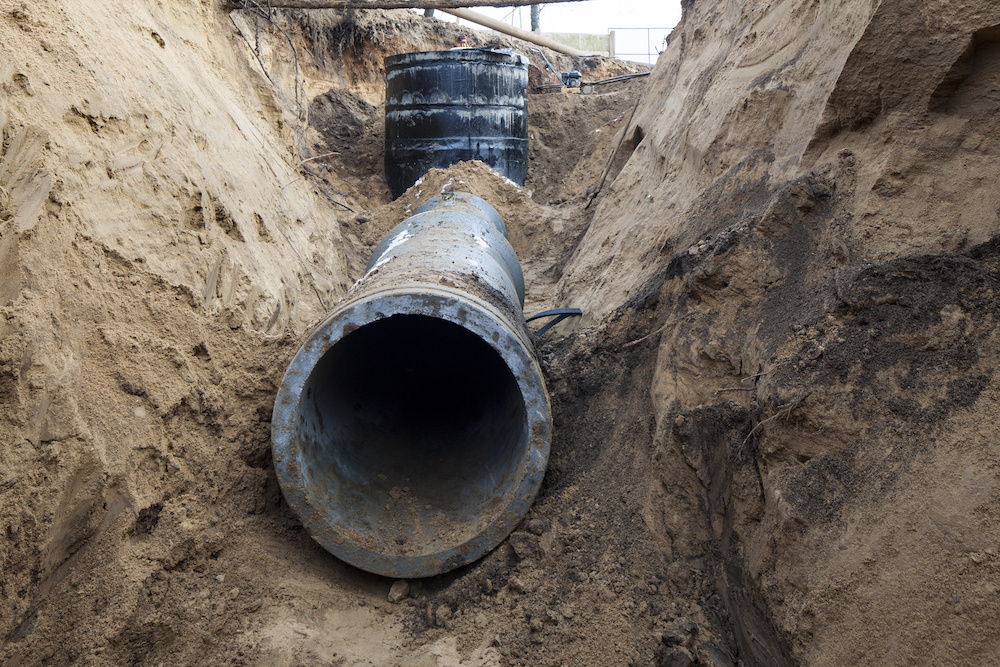
How Affordable is Trenchless Pipe Lining Compared to Other Repairs?
Traditional, dig-and-replace pipe repair
$50-250 per foot, resulting in roughly $3,000-$6,000 for small jobs, and $5,000-$13,000 for repairs over 50 feet. Any additional landscaping, road closure, and labor will contribute a great deal to cost
Trenchless pipe bursting
One of the most common dig-free pipe renovation techniques, pipe bursting costs roughly $60-200 per foot, resulting in $3,500-$20,000 for an entire repair. Bursting is essentially underground pipe replacement, and cost depends on the length and depth of your existing, damaged pipe. Using a cone-shaped bursting head, trenchless experts can typically replace an entire pipe in a single day.
Trenchless pipe lining
Relining your damaged lateral or sewer pipe will typically cost $80-250 per foot, with an average of around $160 per foot. For standard sewer lines, repair costs can vary between $4,000 and $20,000, depending on circumstance. In most cases, homeowners pay between $6,000 and $12,000 to repair critical sewer connections
Small-scale pipe lining applications
For broken pipes below 50 feet in length, lining can typically be completed for around $3,000-$4,000, again depending on the location and depth of the pipe.
How Affordable is Trenchless Pipe Repair Vs Traditional Repair?
If there’s one problem that every homeowner dreads, it’s the prospect of discovering faulty or damaged pipes somewhere on their property. Whether it’s a water or sewer line, broken pipes can cause a number of problems if they’re left unattended for too long. Traditionally, the digging required to repair or replace these pipes was a major undertaking that could last for several days and inflict significant property damage. Today, however, trenchless technology allows experienced plumbing contractors to do the same work in a fraction of the time with minimal digging.
The Upfront Costs of Trenchless Vs Traditional Pipe Repair
On paper, traditional sewer pipe repair solutions are slightly less expensive than trenchless repair solutions. As this method of pipe replacement is more common, homeowners typically have many contractors to choose from
Lateral Pipe Lining
Sometimes called cured-in-place piping (CIPP), this technology uses existing pipe, adding a layer of epoxy resin to re-line the pipe, repairing cracks and closing gaps to prevent leakage and soil intrusion—basically creating a new pipe within the existing pipe. Costs for lateral pipe lining can range from $80 to $250 per foot.
Pipe Bursting
This technique uses a pneumatic or hydraulic head that destroys the old, broken pipe and drags in a new pipe to replace it. Pipe bursting tends to be a bit less expensive than lateral pipe lining, with costs ranging between $60 and $200 per foot of pipe replaced.
Hidden Costs of Traditional Pipe Repair Vs Trenchless Repair
There are a number of additional costs to consider when making repairs to a pipe that the sticker prices listed above simply don’t cover. For example, traditional trenching repairs don’t always include the cost of excavating the old pipe. Trenching can cost anywhere between $4 and $12 per foot; if the job is especially complicated, it may even require another contractor to perform the work. Also, if any large, heavy objects are located over the sewer pipes, there may be separate charges for relocating them before and after work is completed












